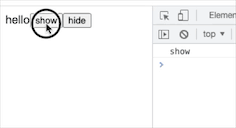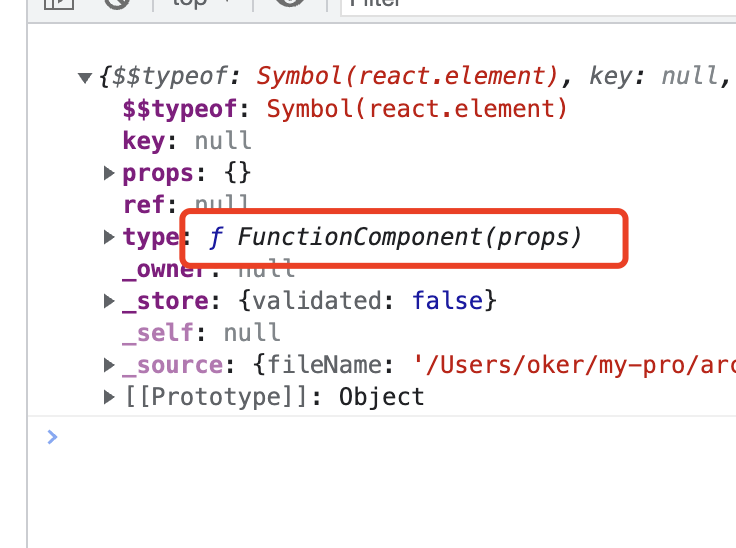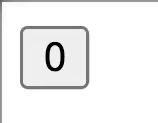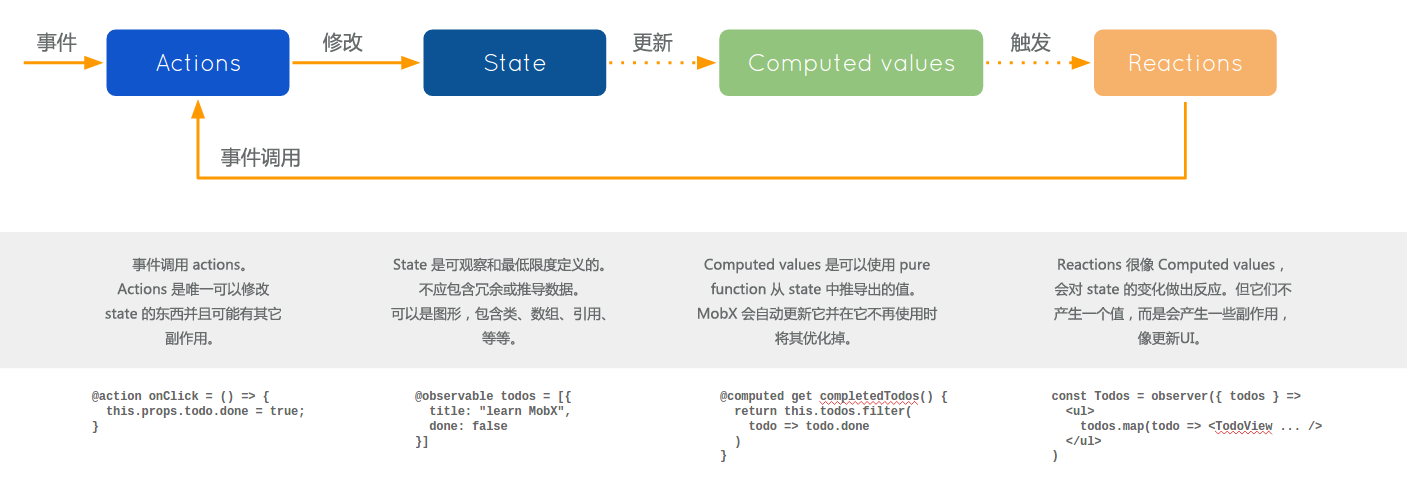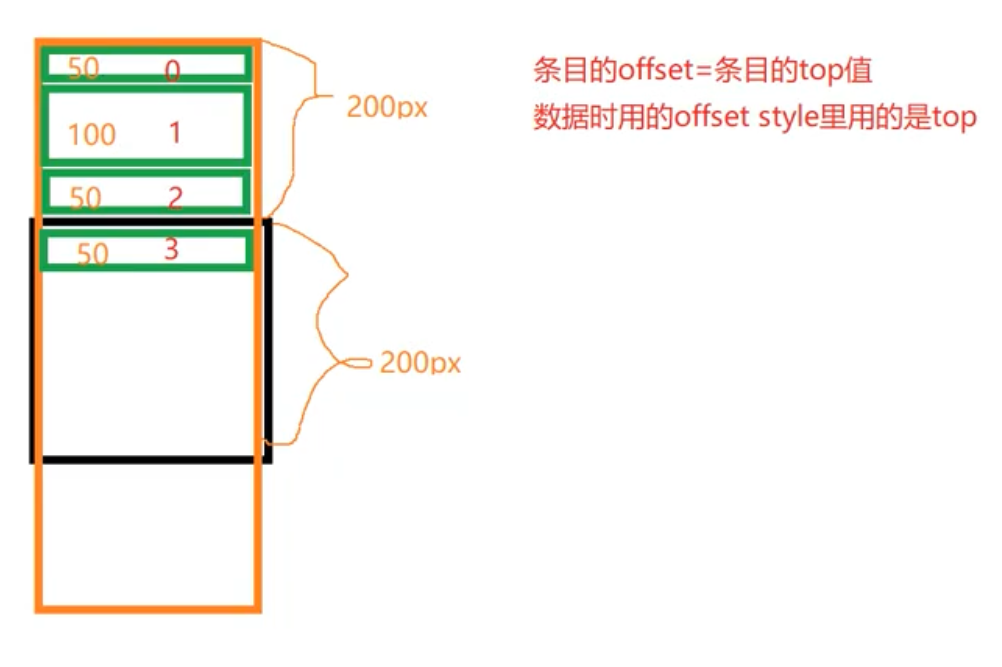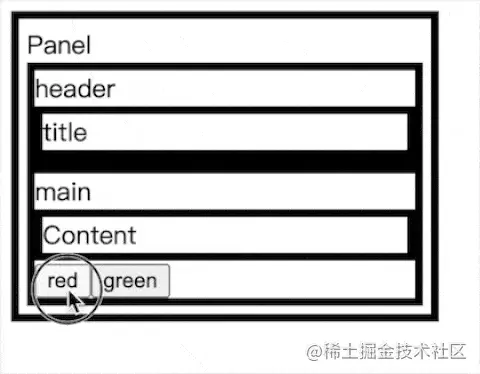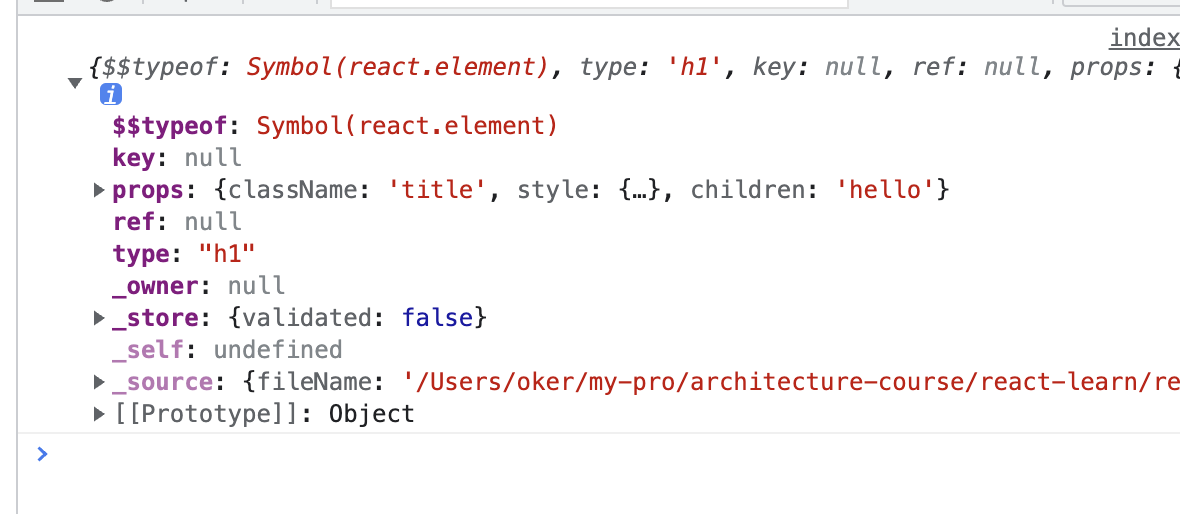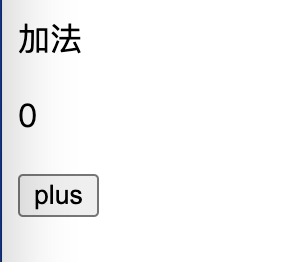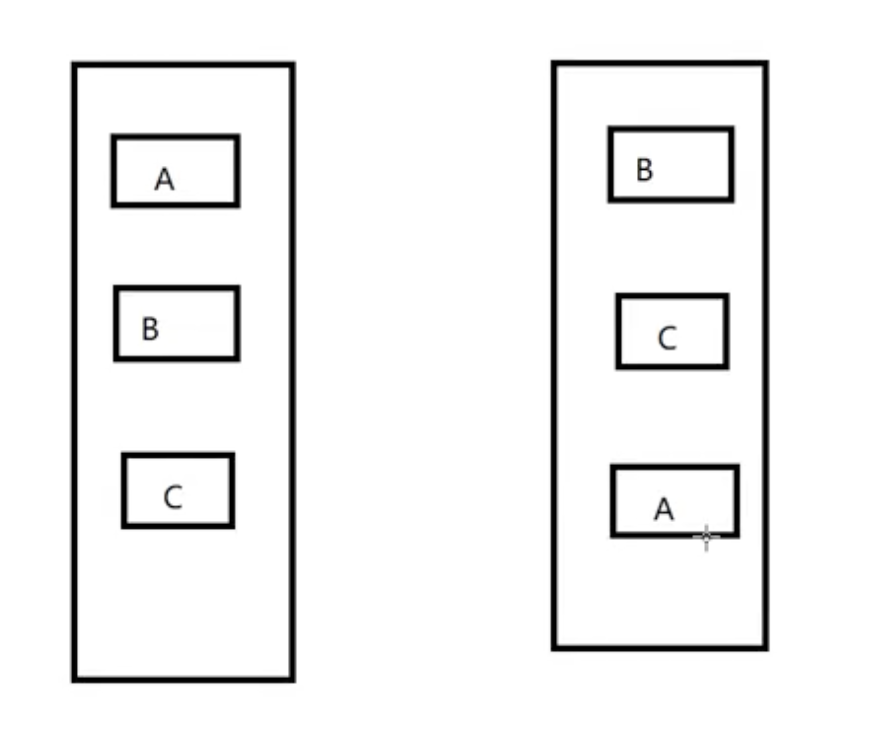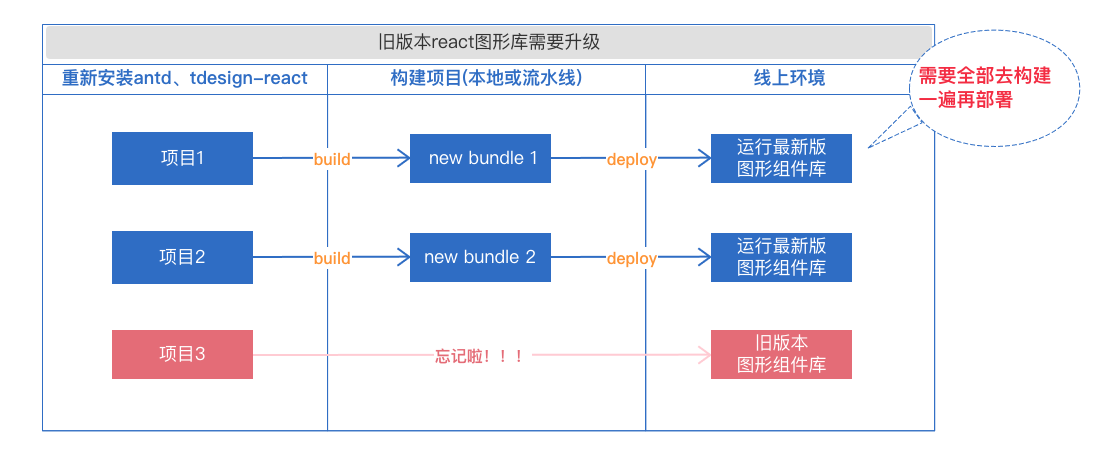1.父组件向子组件传值;
2.子组件向父组件传值;
3.没有任何嵌套的组件之间的传值(如兄弟组件之间传值)-后续章节介绍;
一、父组件向子组件传值
1.在父组件中通过属性传递给子组件,在子组件中通过this.props获取信息;
'use strict';
import React from 'react';
import {
... ...
} from 'react-native';
//父组件
var MyAwesomeApp = React.createClass({
getInitialState: function(){
return{
checked: false
};
},render: function(){
return (
<View style={styles.pagecontainer}>
//通过属性this.state.xxx往子组件传递信息
<ChildCompontent text='Toggle me' checked={this.state.checked}/>
</View>
)
}
});
//子组件
var ChildCompontent = React.createClass({
render: function() {
return (
//通过this.propps.xxx从父组件获取信息,使用父组件传递的信息{xxx}
<View style={styles.childcompontent}>
<Text>{this.props.text}</Text>
<Switch value={this.props.checked}></Switch>
</View>
)
}
});
var styles = StyleSheet.create({
... ...
});
AppRegistry.registerComponent('MyAwesomeApp',() => MyAwesomeApp);
运行如下如:
'use strict';
import React from 'react';
import {
... ...
} from 'react-native';
//父组件
var MyAwesomeApp = React.createClass({
render: function(){
return (
<View style={styles.pagecontainer}>
<ChildCompontent1 text='Toggle me too'/>
</View>
)
}
});
// 子组件1:中间嵌套的组件,使用this.props.xxx从父组件获取的信息,通过属性传递给自己的子组件
var ChildCompontent1 = React.createClass({
render: function() {
return (
<ChildCompontent2 text={this.props.text}/>
)
}
});
... ...
// 子组件n:子组件n-1的子组件,通过this.props获取它的父组件传递进来的信息
var ChildCompontentn = React.createClass({
render: function() {
return (
<View style={styles.childcompontent}>
<Text>{this.props.text}</Text>
</View>
)
}
});
var styles = StyleSheet.create({
pagecontainer: {
flex: 1,flexDirection:'column',},... ...
});
AppRegistry.registerComponent('MyAwesomeApp',() => MyAwesomeApp);
运行如下:
1.子组件控制自己的state,然后通过父组件提供的回调方法,告诉父组件信息并在组件展示出来;
2.其实是依赖于props来传递事件的引用,并通过回调的方式来实现;
3.如果嵌套太深的话,就必须一次次回调传入的回调函数,来实现子组件向父组件传值或者操作;
'use strict';
import React from 'react';
import {
... ...
View,} from 'react-native';
// 父组件
var MyAwesomeApp = React.createClass({
getInitialState: function () {
return {
checked: false
};
},//子组件回调方法,更新父组件的状态机
onChildChanged: function (newState) {
this.setState({
checked: newState
});
},render: function(){
var isChecked = this.state.checked ? 'yes' : 'no';
return (
<View style={styles.pagecontainer}>
<Text>Are you checked:{isChecked}</Text>
//向子组件传递属性和回调方法
<ChildCompontent text='Toggle me'
initialChecked={this.state.checked}
callbackParent={this.onChildChanged}/>
</View>
)
}
});
// 子组件
var ChildCompontent = React.createClass({
getInitialState: function () {
return {
//从父组件获取初始化值
checked: this.props.initialChecked
};
},render: function() {
return (
<View style={styles.childcompontent}>
<Text>{this.props.text}</Text>
<Switch value={this.state.checked} onValueChange={(value)=>{
// 子组件,调用回调方法传回信息,注意:setState 是一个异步方法,所以需要操作缓存的当前值
this.setState({checked: value});
this.props.callbackParent(this.state.checked);
}}/>
</View>
)
}
});
var styles = StyleSheet.create({
... ...
});
AppRegistry.registerComponent('MyAwesomeApp',() => MyAwesomeApp);
运行如下:
4.多个子组件使用同一个回调的情况,当子组件改变的时候,使用同一个子组件的回到来给父组件返回值;
'use strict';
import React from 'react';
import {
AppRegistry,... ...
} from 'react-native';
// 父组件
var MyAwesomeApp = React.createClass({
getInitialState: function () {
return {
initialChecked: false,totalChecked: 0
};
},//所以子组件回调该方法,传回最新的信息,根据传回信息计算总共选中的个数
onChildChanged: function (newState) {
var newTotal = this.state.totalChecked + (newState ? 1 : -1);
this.setState({
totalChecked: newTotal,});
},render: function(){
var isChecked = this.state.checked ? 'yes' : 'no';
return (
<View style={styles.pagecontainer}>
<Text>How many are checked:{this.state.totalChecked}</Text>
//多个子组件,统计回调父组件的onChildChanged方法
<ChildCompontent text='Toggle me'
initialChecked={this.state.initialChecked}
callbackParent={this.onChildChanged}/>
<ChildCompontent text='Toggle me too'
initialChecked={this.state.initialChecked}
callbackParent={this.onChildChanged}/>
<ChildCompontent text='Toggle me too too '
initialChecked={this.state.initialChecked}
callbackParent={this.onChildChanged}/>
</View>
)
}
});
// 子组件
var ChildCompontent = React.createClass({
getInitialState: function () {
return {
checked: this.props.initialChecked
};
},render: function() {
return (
<View style={styles.childcompontent}>
<Text>{this.props.text}</Text>
<Switch value={this.state.checked} onValueChange={(value)=>{
this.setState({checked: value});
this.props.callbackParent(this.state.checked);
}}/>
</View>
)
}
});
var styles = StyleSheet.create({
... ...
});
AppRegistry.registerComponent('MyAwesomeApp',() => MyAwesomeApp);
运行如下:
版权声明:本文内容由互联网用户自发贡献,该文观点与技术仅代表作者本人。本站仅提供信息存储空间服务,不拥有所有权,不承担相关法律责任。如发现本站有涉嫌侵权/违法违规的内容, 请发送邮件至 dio@foxmail.com 举报,一经查实,本站将立刻删除。


